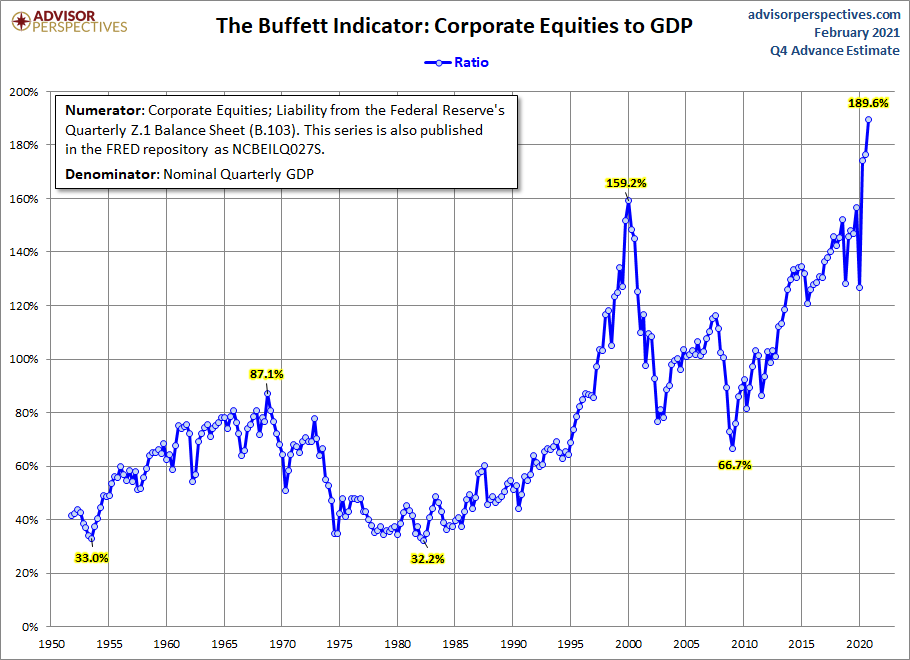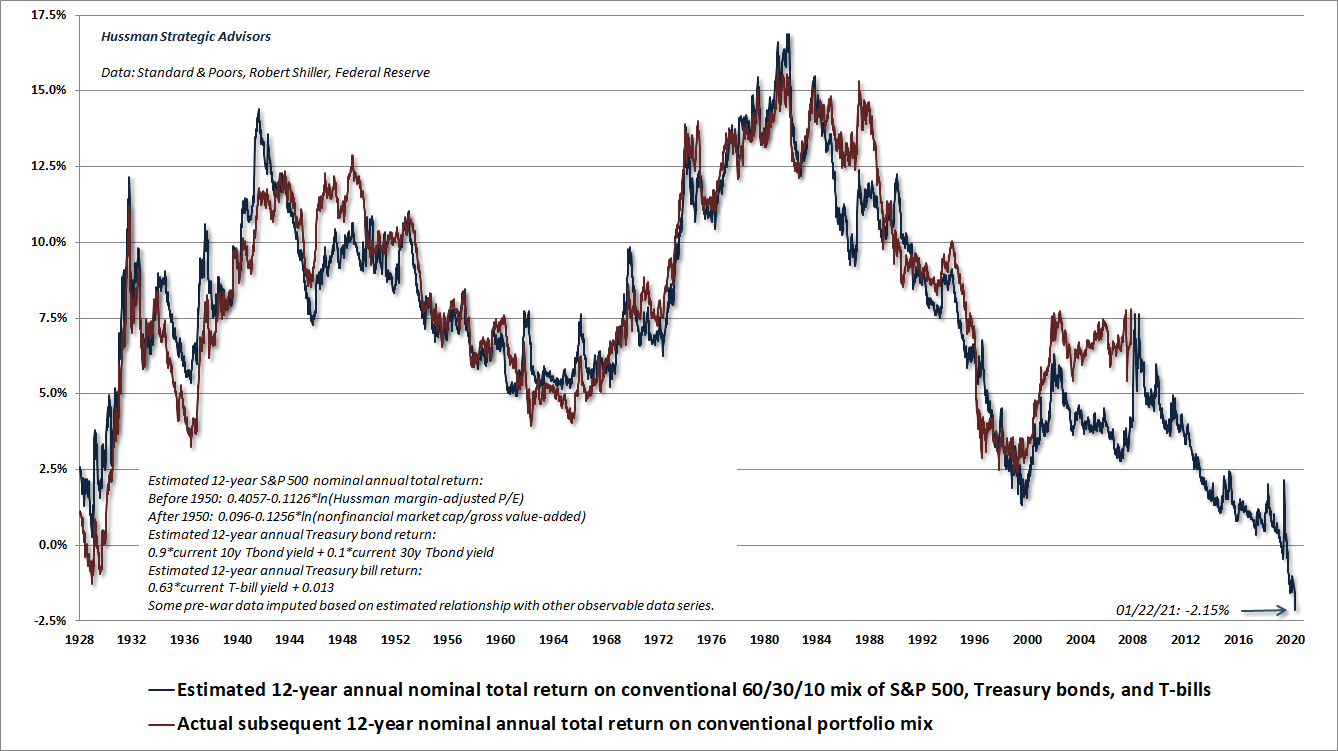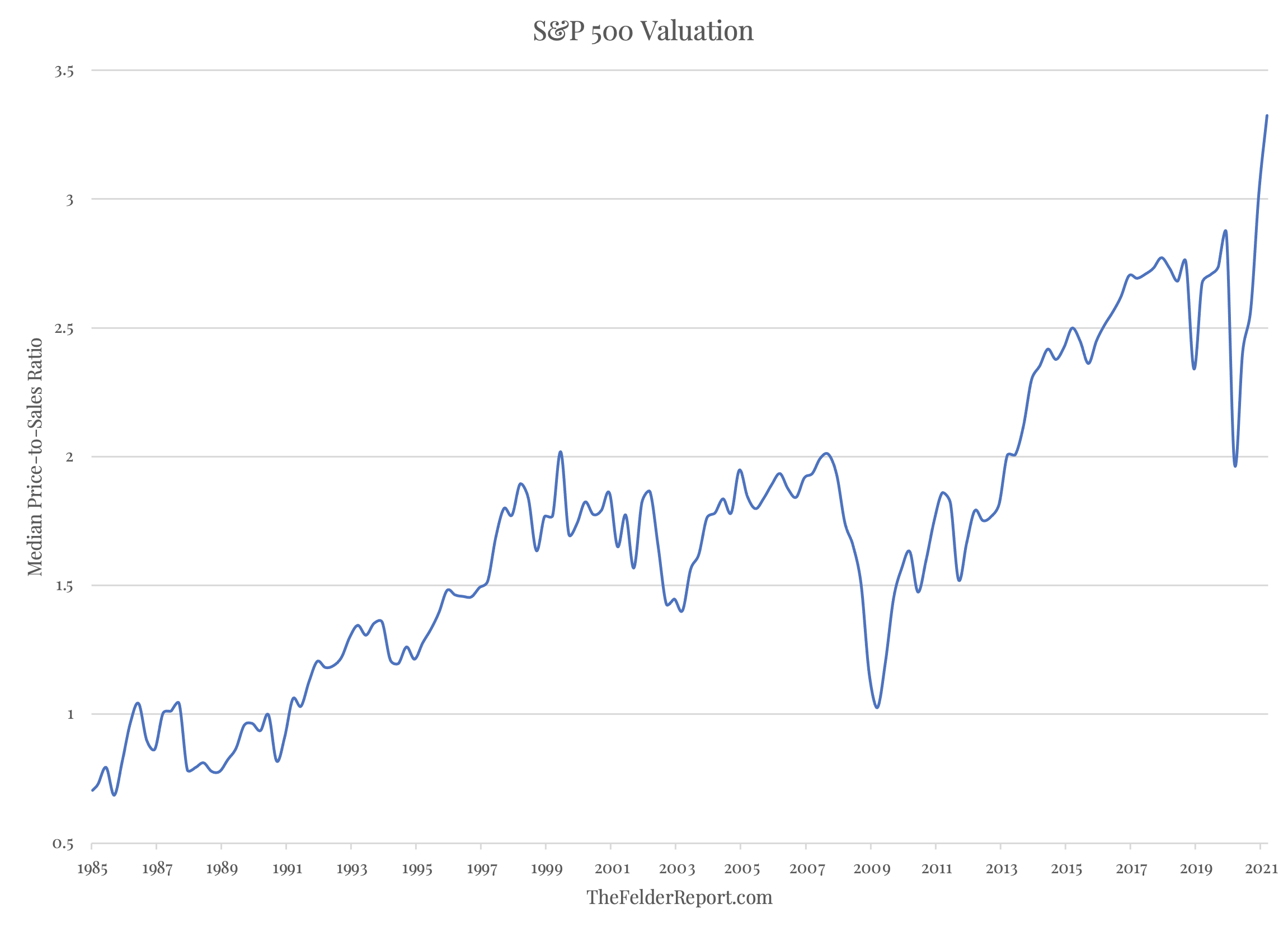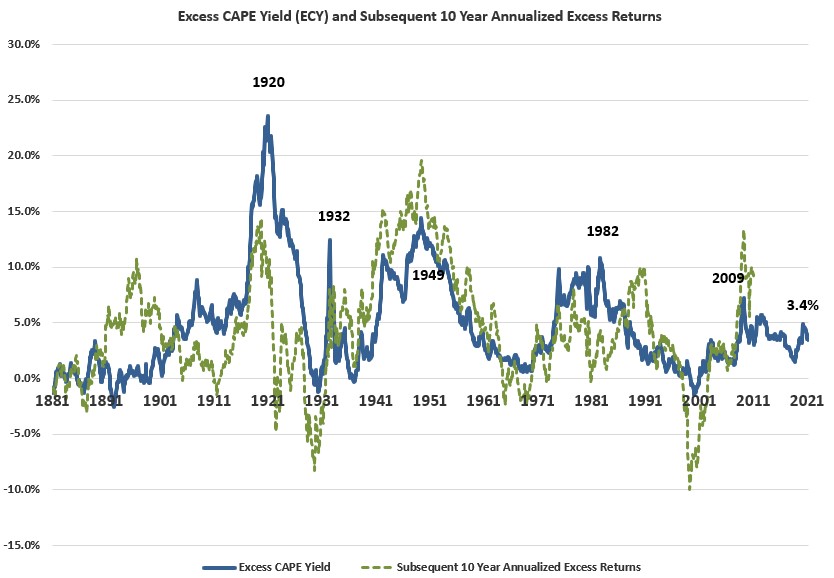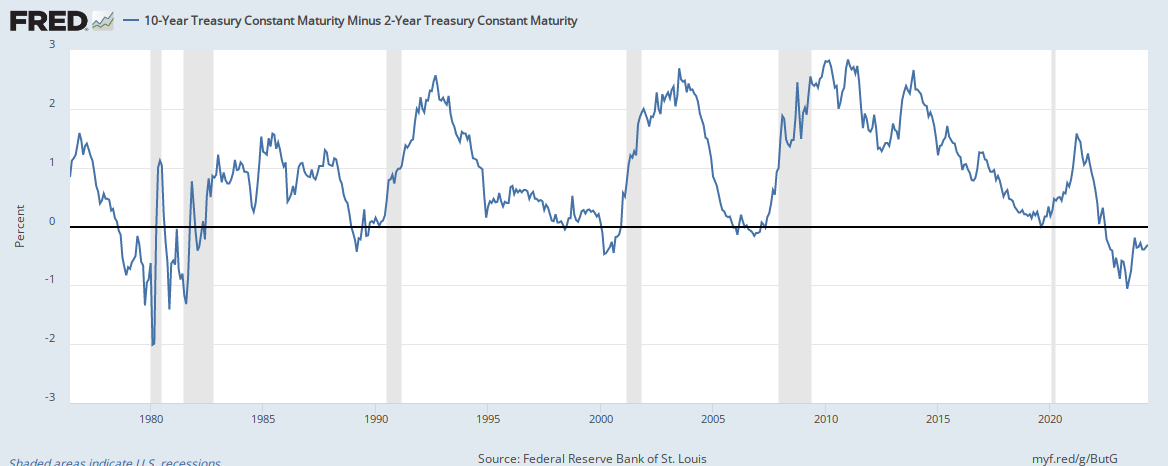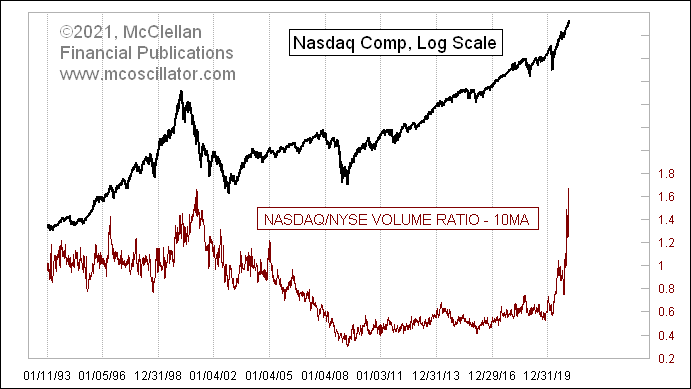twaddle
Thinks s/he gets paid by the post
- Joined
- Jun 16, 2006
- Messages
- 1,703
Honestly, it's been years since I paid much attention to valuation metrics, but it seems like a good time to take a peek at a few.
Got any favorites?
Everybody loves Tobin's Q, right? Just checked, and it's indicating the market is a bit overvalued. OK, way overvalued. The most overvalued ever.
What do I do with this info? Nothing actionable. I use it to set expectations of magnitude of a correction if/when we get one.
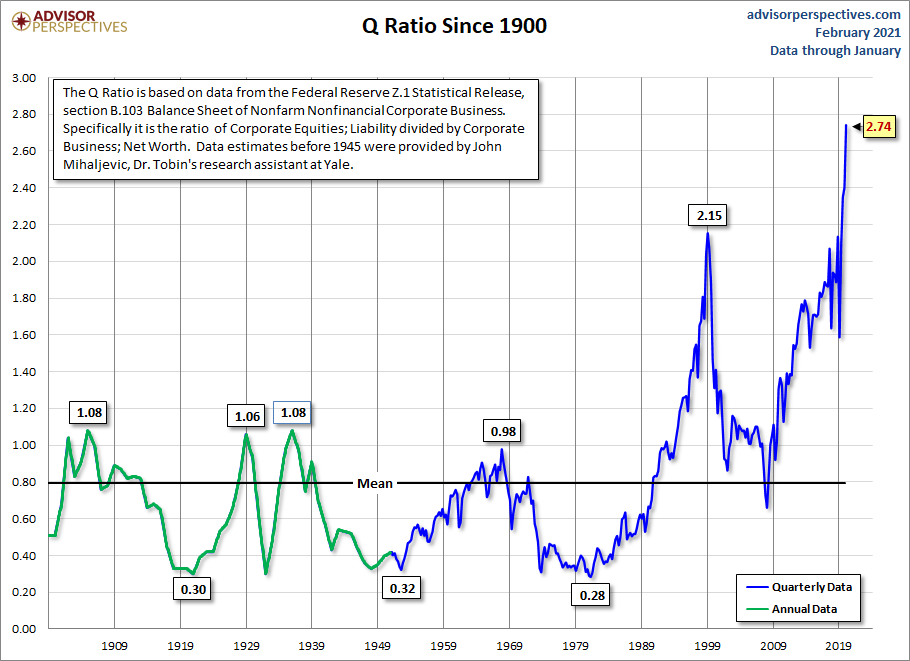
Got any favorites?
Everybody loves Tobin's Q, right? Just checked, and it's indicating the market is a bit overvalued. OK, way overvalued. The most overvalued ever.
What do I do with this info? Nothing actionable. I use it to set expectations of magnitude of a correction if/when we get one.


